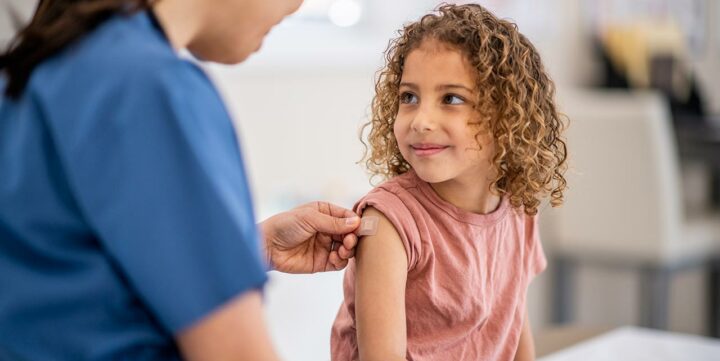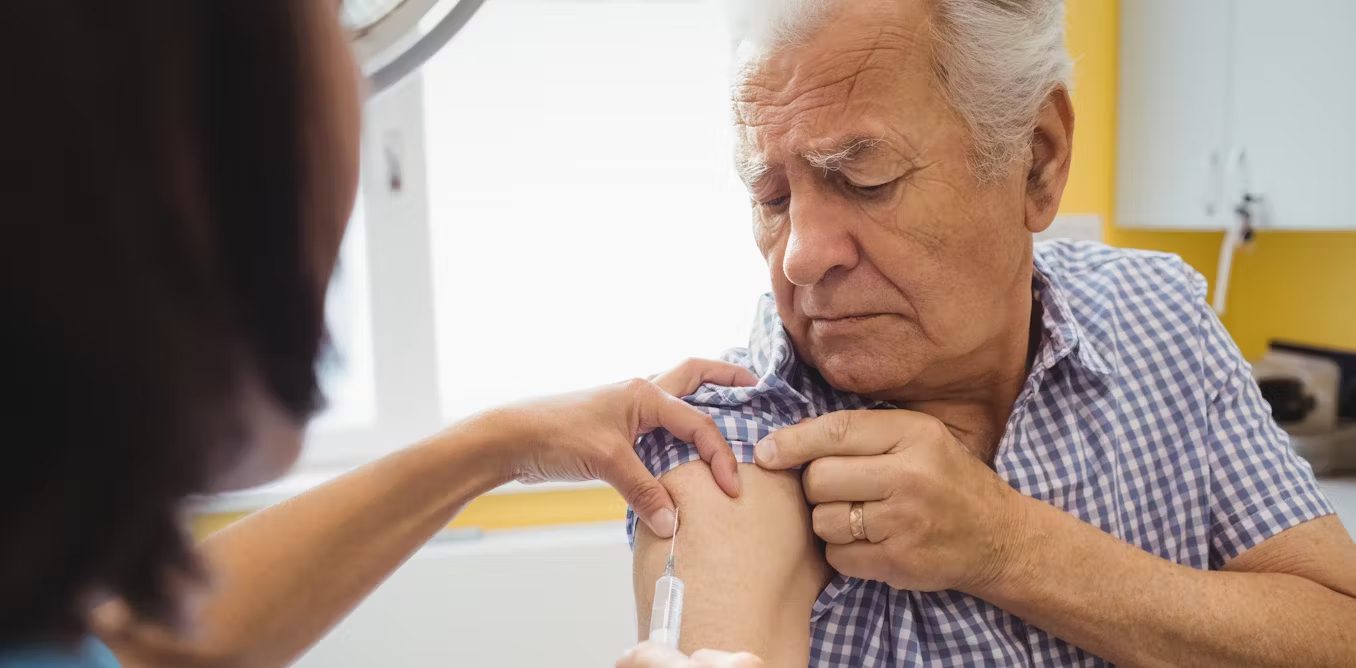RSV Infant Immunisation a Priority in 2025
May 7, 2025
Why RSV Matters
Respiratory syncytial virus (RSV) is no newcomer to paediatrics, but its burden remains a sobering reality. Around 12,000 infants in Australia are admitted to hospital for severe RSV every year, and one in four of those children lands in intensive care. Case numbers have climbed steadily since laboratory notification became mandatory in 2021; and in 2024 the National Notifiable Diseases Surveillance System logged 175 921 diagnoses—a 35% jump on the previous year – and by 14 April 2025 a further 30 908 infections had already been reported, more than 11 000 in children under five. (Reference)
Recently, the focus has turned to maternal RSV immunisation. In Australia, there is overwhelming evidence that protecting a mother protects her newborn at the moment of greatest vulnerability. Infants under six months carry the highest risk of severe RSV, yet they are too young to mount an adequate vaccine response of their own. By vaccinating in late pregnancy, doctors are able to utilise passive placental antibody transfer, cutting the infant’s risk of hospitalisation by more than two‑thirds and preventing thousands of intensive‑care admissions each year. Considering all this, if maternal vaccination is the most immediate, equitable and cost‑effective strategy we have to shield Australia’s newest citizens from the country’s leading cause of infant hospitalisation—what are the barriers?
Historic Program in Motion
In response to this understanding, on 3 February 2025 the Federal Government launched the National RSV Mother and Infant Protection Program, investing $174.5 million to provide the bivalent prefusion F protein vaccine ‘Abrysvo’ free to every pregnant woman from 28–36 weeks’ gestation through the National Immunisation Program. Health Minister Mark Butler hailed it as “the most comprehensive protection program for babies in the world”, citing phase 3 data showing a 68 % reduction in infant RSV hospitalisation at three months of age and 57% at six months. Chair of RACGP Specific Interests Antenatal and Postnatal Care Dr Ka‑Kiu Cheung welcomed the subsidy, noting that the previous $300 price tag had been a major deterrent for cross‑border families in her Gold Coast practice.
RACGP President Dr Michael Wright added that the announcement will “save lives” and remove one more cost‑of‑living pressure for expectant parents. Catherine Hughes, founder of the Immunisation Foundation of Australia, called the coordinated national strategy “the most significant childhood public health initiative since rotavirus vaccination”.
The Second Line of Defence
For newborns whose mothers missed vaccination – and for certain high‑risk babies entering a second RSV season – states and territories are now funding a single intramuscular dose of the long‑acting monoclonal antibody nirsevimab (Beyfortus). NCIRS’ February summary confirmed that every jurisdiction will offer nirsevimab in 2025, with year‑round programs in Queensland, New South Wales, the Northern Territory and the ACT, and seasonal programs (1 April–30 September) in South Australia, Tasmania, Victoria and Western Australia. Victoria’s health department has already advised providers that ordering is open, with the free antibody recommended at birth or in a catch‑up schedule for infants up to eight months old.
Real‑world, Australian data are promising. The REVIVE study in particular, run through the Wesfarmers Centre of Vaccines and Infectious Diseases, within the Kids Research Institute Australia, found nirsevimab 88.2% effective at preventing RSV hospitalisation during Western Australia’s 2024 season. Together, maternal immunisation and infant antibody prophylaxis are projected to avert up to 10,000 hospital admissions annually.
Logistics for Primary Care
GPs and practice nurses sit at the heart of the rollout. Minister Mark Butler has asked pregnant women to book the RSV shot alongside their third‑trimester whooping‑cough booster, leveraging the existing 80% pertussis uptake. Clinics must document maternal vaccination in pregnancy hand‑held records so midwives and neonatal teams can decide on antibody eligibility at birth. However, state health departments have set ordering caps for nirsevimab to preserve supply; Victoria and WA opened OneLink ordering in March, while NSW has integrated stock requests into its online vaccine portal.
To streamline antenatal consults, Dr Cheung notes some key discussion points in the roll-out – mechanism of action, common side‑effects and the comparative risk of severe RSV – into her electronic medical record so that “nothing gets missed, whether it’s the GP or the practice nurse leading the visit”. The RACGP is working with the Department of Health on quick‑reference guidance and cold‑chain resources to ensure no infant is turned away because stock is unavailable.
Early Signals for 2025
Surveillance suggests clinicians will be busy. NSW notifications climbed 15% in the last week of March, and SA logged more than 100 cases in the first week of April, numbers usually seen closer to winter peak.
National infectious‑disease experts interviewed by Medscape warn that RSV activity has started earlier than expected and is likely to track upward alongside influenza and pertussis unless vaccination coverage improves. Declining access to bulk‑billing and general‑practice workforce pressures could blunt uptake unless public health messaging keeps convenience front‑of‑mind.
Looking Ahead
Australia’s layered RSV strategy – maternal vaccination to confer placental antibodies, backed up with direct infant protection via nirsevimab – puts the nation at the forefront of paediatric respiratory health. Dr Anita Muñoz, Chair of RACGP Victoria, believes “almost all infants will experience an RSV infection, and the number‑one action you can take to keep your family safe is vaccination”. With federal funding locked in and every state now running an infant program, the pieces are finally in place to shift RSV from an annual paediatric crisis to a preventable seasonal infection.
It seems as though success will hinge on three factors: maintaining reliable vaccine and antibody supply, embedding clear pathways in routine antenatal and postnatal care, and sustaining public confidence through transparent safety surveillance. If those settings hold, the 2025 winter could mark the first year in which thousands of Australian babies avoid an RSV hospital bed – and their parents a great deal of heartache – thanks to a public‑health partnership decades in the making.
Australian Immunisation Coalition — https://www.immunisationcoalition.org.au/news-data/respiratory-syncytial-virus-rsv-statistics/
RACGP — https://www1.racgp.org.au/newsgp/clinical/rsv-infant-immunisation-programs-now-open-across-a
Wadia, U., Moore, H.C., Richmond, P.C., Levy, A., Bell, L., Pienaar, C., Harvey, J., Finucane, C., Erin, Bloomfield, L., Cheng, A., Effler, P. and Blyth, C.C. (2025). Effectiveness of nirsevimab in preventing RSV-hospitalisation among young children in Western Australia 2024. Journal of Infection, [online] pp.106466–106466. doi:https://doi.org/10.1016/j.jinf.2025.106466












